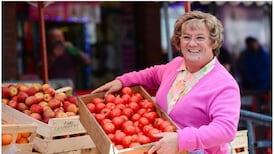Meg Ryan was hurting. Not metaphorically. The actress and one-time romcom queen was actively sore, having spent the morning, one of many, unpacking and moving herself into a home she’d long been renovating in Montecito, California.
Persevering through the painful twinge, making order out of the past – really, finding comfort in the present – are the sneaky subcurrents of Ryan’s new movie, What Happens Later, a wily romcom that she co-wrote, stars in and directed. A two-hander opposite David Duchovny, it distils moviedom conventions and plays with a different emotional palette; Ryan grappling with her own cinematic brand. It is only her second foray behind the camera and the first time she has appeared on-screen in seven years.
She hasn’t missed the spotlight. “I feel like I had the ride, the Hollywood ride,” she said over a restorative soup lunch on a foggy day. “I kind of went to the moon already. So I don’t have giant ambitions to be back in that.”
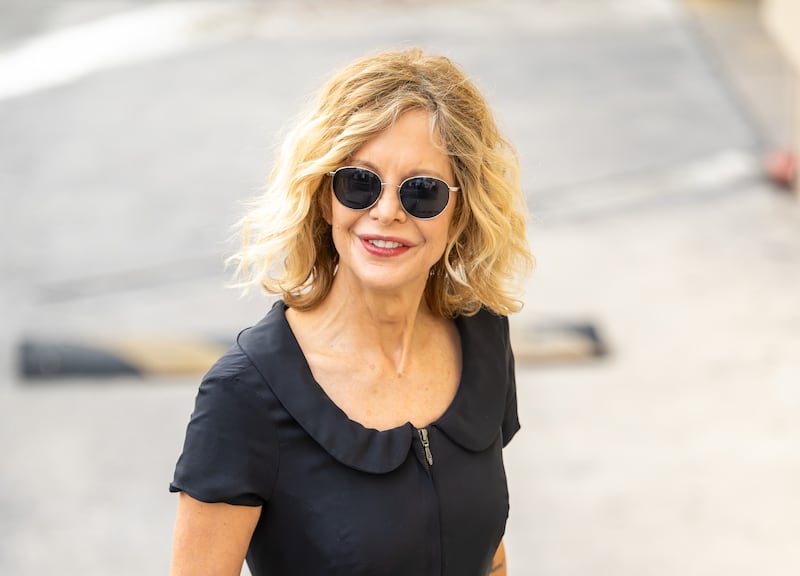
Though she’d always done dramatic work, it was romantic comedy that brought Ryan megastar status in the 1980s and 1990s: Nora Ephron’s Sleepless in Seattle, You’ve Got Mail and When Harry Met Sally ... (which Ephron wrote and Rob Reiner directed) were all form-defining blockbusters, still beloved today. Returning to the genre at this point in her career is both safe and gutsy. She knows how to play the beats; how to deflect them, too. (Early in the new film, Duchovny’s character, looking to charge his phone in an airport, unplugs a digital billboard. A retro-looking ad for “Rom Com” blinks off.) But Ryan, 61, may also face intense scrutiny for her choices, her humour, her looks, her very state of being.
READ MORE
That, too, doesn’t seem to faze her. “It took me this long to have something to say,” she told me, adding: “My interest in this movie isn’t about Hollywood’s perception of me. I’m not interested in controlling that. I don’t think I can.”
Instead she wanted a story that asked vulnerable, wounded questions: “Do you think about the one – what would happen if I ever saw him or her, after all this time? What would we say to each other? Will we forgive?” But she wanted to wrap it all in what she has called the confection of romantic comedy.
She arrived for our lunch cloaked in black comfortwear: joggers pushed up to her calves, sneakers, T-shirt – errand clothes with a nubby jacket nonchalantly thrown atop. She took off her large oatmeal-coloured hat and round sunnies (Diane Keaton vibes) and sought out a quiet side table, across from the row of lemon trees in the restaurant’s garden, where she, as a serial renovator, gladly talked about design. “I love the idea of space, and space holding you,” she said. “I love the different ways you can conduct light.”
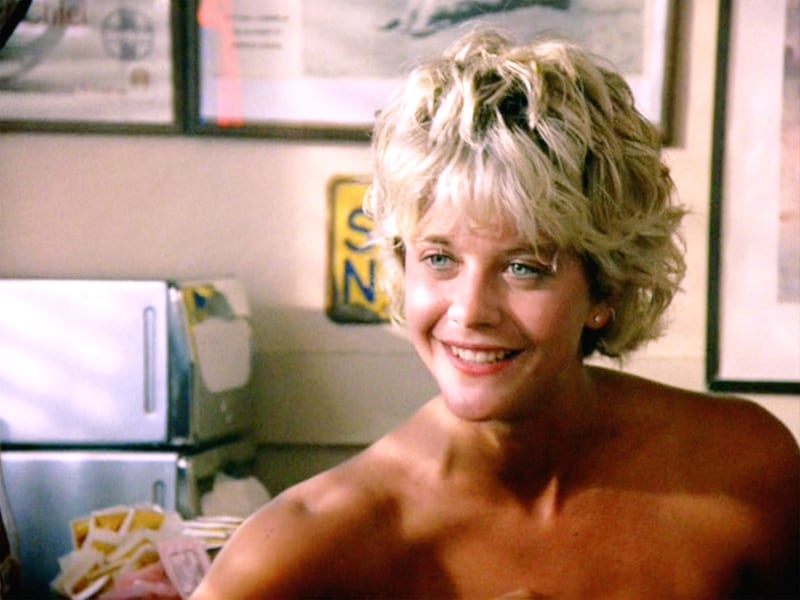
Her gamine features – blond hair enviably waved, eyes a bright lagoon blue – are gently leavened by age and, in Hollywood fashion, cosseted by wealth. Lightly guarded, she was still charming, and playful. Because of a hip issue, she walked with a slight limp; rather than try to mask it, she wrote it into her What Happens Later character, who breezes past it with a remark about being old and doesn’t let it stop her from dancing.
In the film, out Friday, Bill and Willa are opposites-attract paramours who split up in their 20s and have their meet-cute when they bump into each other at a regional airport in their 50s. They get snowed in. Banter ensues. No one and nothing else enters the picture, except time, personal history and the disembodied voice of the airport announcer, whose messages get increasingly pointed.
Those touches gave it a magical realist twist that was all Ryan, Duchovny said. (Because of an interim agreement between SAG-AFTRA and the film’s producers, the actors are allowed to give interviews during the strike.)
Especially since they shot almost entirely overnight, in an off-duty airport or at the Crystal Bridges Museum of American Art in Bentonville, Arkansas, the whole production felt mystical. “She doesn’t make anything look difficult, and that doesn’t mean it isn’t,” Duchovny said in a phone interview. “As much as we hated physically working nights, there was a mood that descended that was good for creating. Real life faded away.”
[ Edel Coffey: Where have all the smart romcoms gone?Opens in new window ]
[ Romantic Comedy: History of the genre tracked from the 1930sOpens in new window ]
That was intentional: “We worked the entire time as if the script was a dream,” said Ryan’s friend Kim Gillingham, an acting and dream coach who was on set every day as a sounding board for the two performers.
Another friend, Sally Franson, a novelist, also went over ideas with Ryan early on. “She was thinking about, where can the romcom go in 2023?” Franson said. “If you enchant” the audience, “you lead them into a period of high immersion.”
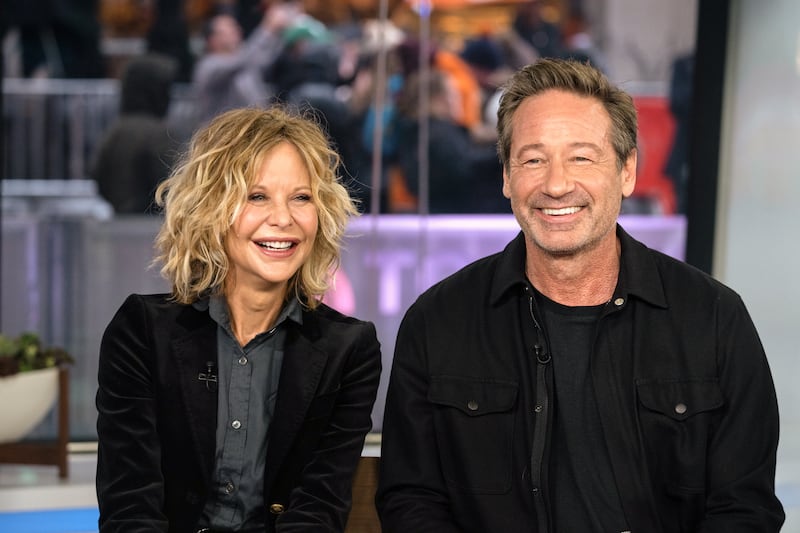
The project – based on a play by Steven Dietz, Shooting Star, originally adapted with Kirk Lynn – came to Ryan during the pause of the pandemic, when she grew interested in the set-up of two people “under glass”, as she put it, “who stop, and you see what happens”. Her character is New Age-y; Duchovny’s is stolid.
“I just think David’s so funny as an anxious person,” she said, “just how thoroughly bothered he was by everything.” They got to know each other as they workshopped the material over six months of video calls. “I had never done that much work on a script before,” Duchovny said. “It was great. She kept tinkering with it.”
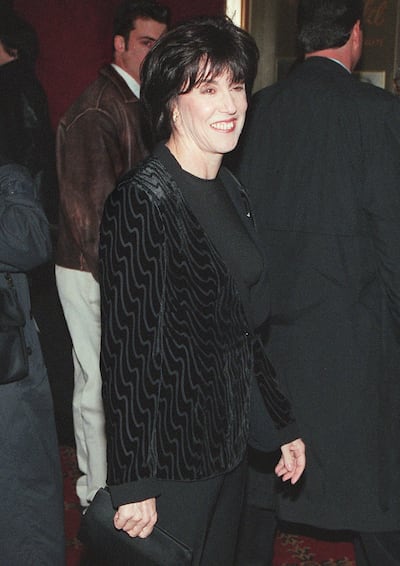
The film is dedicated to Ephron, who died in 2012 and whose imprimatur is in the dialogue and pacing along with, Ryan said, her sense of kismet.
Yet with the notable exception of Ephron’s films and Nancy Meyers’s Meryl Streep-Diane Keaton-kitchen envy oeuvre, most romcoms are concerned with dewy, dopey, unformed youth.
This worried Duchovny, who is 63. The characters in What Happens Later bring the weight and disappointments of midlife. “They can’t go through those younger romcom moves – they can’t appear stupid or stunted,” he said. “And yet they can’t also be jaded or boring. It was really that dance of, how do we make it legitimate for adults?”
Even then, he wondered if there was an appetite to see mature people grasping at connection. “There’s something in us that gets angry when we see people who are old hoping, you know?” he said, adding, “That’s the resistance that we push against in the movie. But lo and behold, we have The Golden Bachelor now to show us the way.”
Ryan wrote the movie following her long on-off relationship with rocker John Mellencamp; she ended their engagement in 2019. Did that have anything to do with her interest in lovers who haunt each other for years? Not specifically, she said. “But in the idea of, some people go round and round” and never get it right. “And maybe they don’t need to.”
“To be my age and to be looking back on things – so many of these stories are about looking forward into a happily ever after,” she said. “And there’s just totally different questions up for grabs here.”
It’s not, of course, lost on her that romcoms are what sold us on happily ever after (“a crazy idea”) in the first place. And that having the former poster girl for the genre puncture it with regrets or sadness is, to paraphrase her expletive, a mind-twister. “In my way, I feel like it’s a badass little movie,” she said with pride.
Learning that I had never been to the area, she pointed me to a Vedanta temple with a curving ocean view, designed, she noted, by one of the first prominent female architects in California. “It’s so surprising,” she said, and insisted on giving me the address, up near the mountains. “No matter what, you’ve got to go over the hill, because it’s sunny.”
Ryan grew up in Connecticut, one of four siblings with a math teacher father and a homemaker mother. Her parents split when she was a teenager, and her mother – who became a theatre teacher – helped get her into commercials. By the time Ryan was 21, she had landed the soap As the World Turns. A small role in the original Top Gun (1986) got her noticed; three years later, When Harry Met Sally ... made her a part of cinema history.
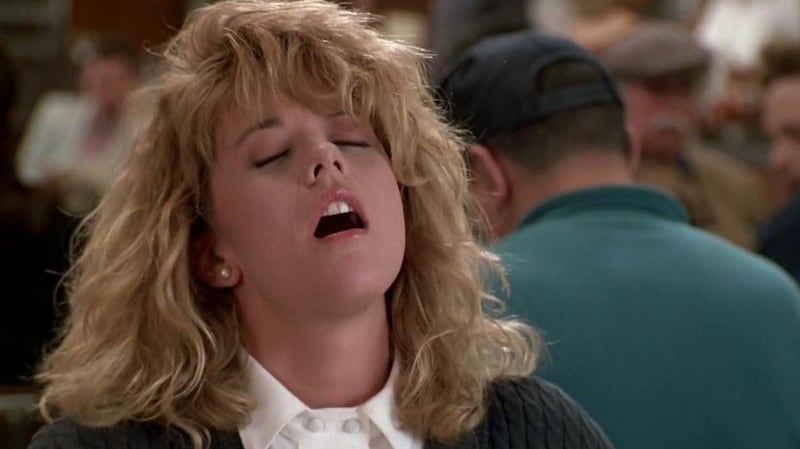
Ryan has a son, 31-year-old actor Jack Quaid (The Boys), with her former husband, Dennis Quaid (they divorced in 2001). In 2006, she adopted her daughter, Daisy, now a college student. Parenting was one reason she stepped back from performing.
Another was that – having been on sets or in the Los Angeles celeb bubble for years – she felt underdeveloped as a person. Not that she didn’t appreciate some aspects of fame. “There’s an openheartedness toward me,” she said. But she also felt as if she were “roped off”. She moved to New York, seeking a less filtered experience: “You can’t get a cab. You’re standing there in the rain.” (After a decade or so, she and Daisy returned to California, to be closer to Jack, in 2020.)
Unlike most actresses of her generation, Ryan had been guided by female filmmakers, including Jane Campion (In the Cut). She had long wanted to write and had shown Ephron her first screenplay. Ephron responded with some positives and also some critiques. But Ryan had been studying, taking Robert McKee’s screenwriting workshop, “becoming a detective of how stories work,” Franson, the novelist, said.
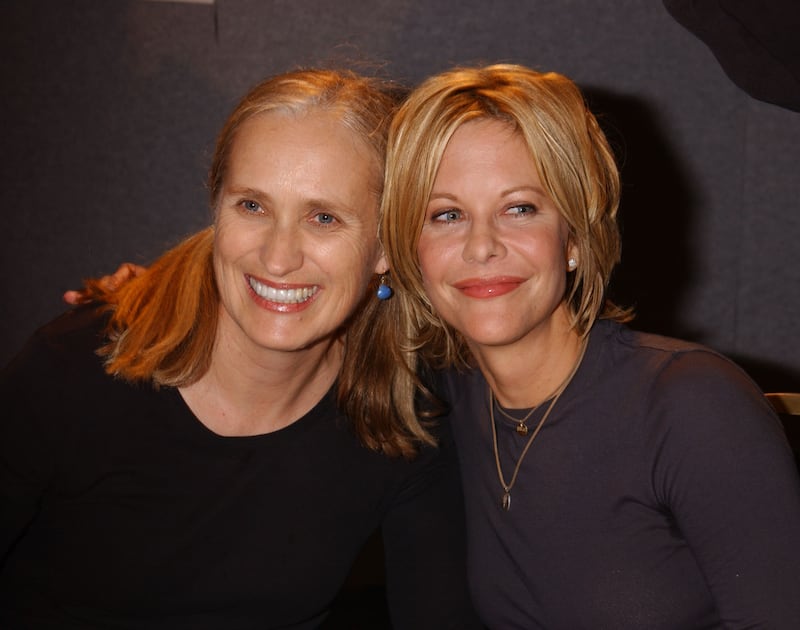
Ithaca, her 2016 directorial debut, was a second World War coming-of-age drama, adapted from a William Saroyan novel, which Ryan saw as a story about how communities once helped boys grow into men. (She and her son co-starred in it.)
The long break between directing projects wasn’t exactly intentional, she said. “I was trying to get things set up, but they weren’t happening.” The fraught economics of Hollywood now are such that even Meg Ryan had to scramble to get a Meg Ryan movie made: What Happens Later had a budget of about $3 million, and a lot of called-in favours. They didn’t have the money for test screenings; the whole thing hung on Ryan’s instincts.
Forty years into her career, she has found the path to hone them. At sunset, I drove up to the temple Ryan had recommended. In the golden California light, it was otherworldly, cinematically beautiful: perched underneath the Santa Ynez peaks and hidden in the tree line, with an unbroken vista of the Pacific Ocean.
Over the bird song outdoors, I could hear bells and women chanting inside. Ryan likes to go there, by herself, and walk around in peace.
“I just want to feel my way through things,” she said.
This article originally appeared in The New York Times.
2023 The New York Times Company






